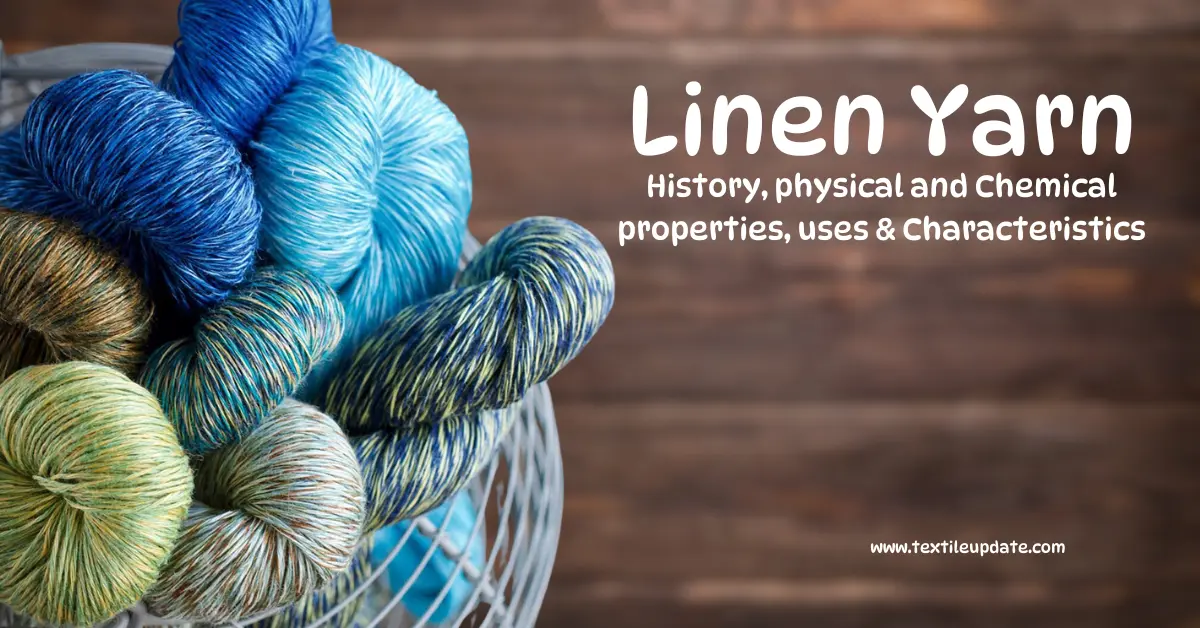What is Linen Yarn?
Linen is a strong, durable fiber from the flax plant. Around for thousands of years, this fiber is three times stronger than cotton and second in strength to silk. It’s created by extracting the long cellulose fibers from the center of this tall thin plant.
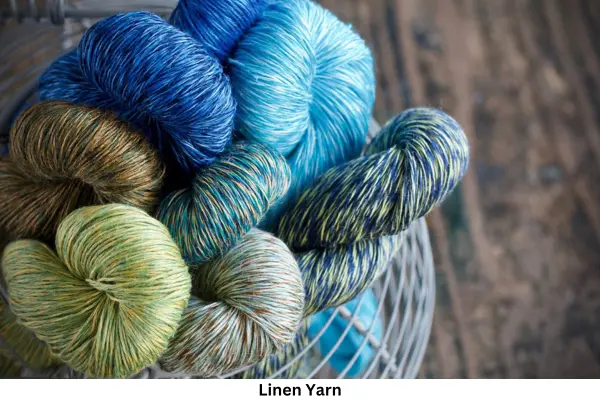
Once harvested, it is one of the most laborious yarns to produce. Linen is perfect for knitting spring and summer weight garments because of its absorbency and drape. The long linen fibers have a natural wax coating, providing a lovely sheen to completed projects. Other wonderful flax yarn properties include that it is anti-fungal and antibacterial.
Table of Contents
History / Origin of Linen Yarn:
Linen, one of the oldest textiles, was made about 10,000 years ago. Most people associate linen fabric with expensive clothing, fancy tablecloths, and napkins. Historically, it was the staple of everyday wear until the discovery of the cotton gin in the late 1800s. Carbon dating has proven that linen was used as clothing in Egypt in 8,000 BC.
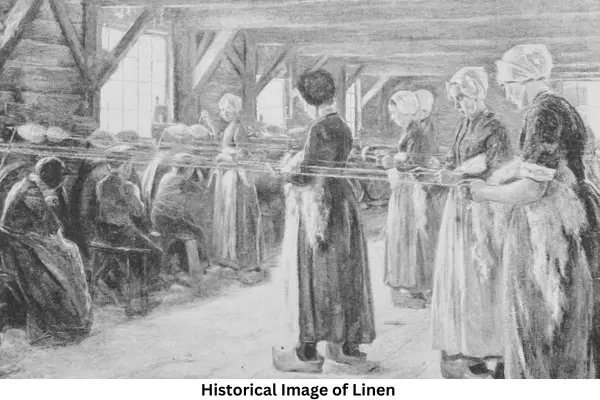
It was valued for its ability to stay cool and fresh in warm weather. Linen is a fiber made from algae plants or more precisely from cellulose fibers grown inside the stalks of algae plants. This has made it perfect for Egyptian farmers. The year-long flooding of the Nile River provided enough water and nutrients to germinate the seeds, which required watering every 100 days. Ancient Egyptian linen, though thicker than modern linen, was most famous for its clothing, coins, furnishings, decorations, and mummies’ tombs.
Physical properties of Linen yarn:
Linen yarn stands out to be a strong fabric and the tenacity of the yarn happens to be 5.5 to 6.5 gm/density. The Linen is even stronger than that of cotton. The thread count lies between 60 to 150.
- The elongation level of linen is very high and they do not break easily.
- The color of the linen varies from gray to yellow
- The length of the linen yarn ranges from 18 to 30 inches.
- They are generally silky in texture and impart a better feel when being touched.
- The specific gravity of linen fiber is 1.50.
- Linen has the capacity to reflect heat and light.
- Sunlight does not have much effect on the linen material garments derived from linen yarn.
Chemical Properties of Linen yarn:
- Linen fiber is damaged by highly densified acids but low-dense acids do not affect if it was wash instantly after the application of acids.
- Linen fiber has a high resistance to normal cleaning solvents.
- Cool Chlorine and hypo-chlorine bleaching agents do not affect the linen fiber properties.
- Linen has excellent resistance to alkalis. It is not affected by the strong alkalis.
- Linen fiber does not attach by moth grubs or beetles.
- It is not suitable to dye. But it can be dyed by direct and vat dyes
- Linen fiber is attacked by fungi and bacteria. Mildews will feed on linen fabric, rotting, and weakling the materials.
What are the uses of linen?
Linen is used to make household items such as tablecloths, upholstery, soft furnishings, and curtains. It is also used for making many types of garments and for making a strong sewing thread. Linen is often embroidered, especially on women’s clothes and household items. The use of linen has changed. Though the linen yarn was started to be woven for garments it’s being used to produce various types of materials like bed covers, bathing accessories, and also table covers.
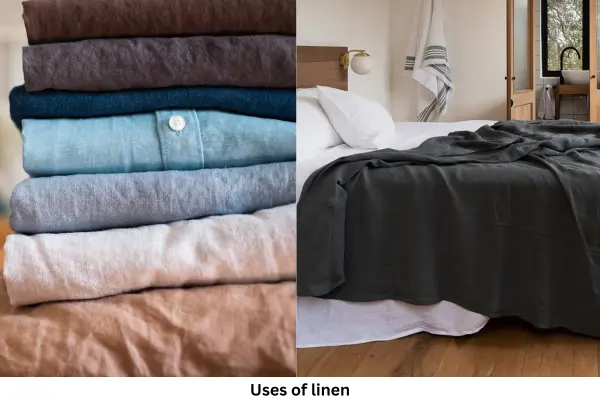
Apart from these, linen yarn is also used to produce light lingerie and other forms of undergarments. They are also used to make detachable cuffs and collars of shirts, chemises, and even waist-shirts.
Characteristics of the linen yarn:
- Linen is a very cozy and comfortable stuff and it is also said that they are twice as strong as cotton.
- It can absorb sweat and the one wearing it feels very comfortable.
- The best part of the linen is that it can be easily washed.
- It is very soft and will surely love them. This feel can especially be enjoyed in hot and humid climatic conditions.
- The absorbency of Linen fiber is quite good and this is why linen can be dyed well.
Three Best Linen Yarns:
Pure linen is an exclusive high-end fiber, and the price per skein is normally up and above the standard synthetic knitting ball.
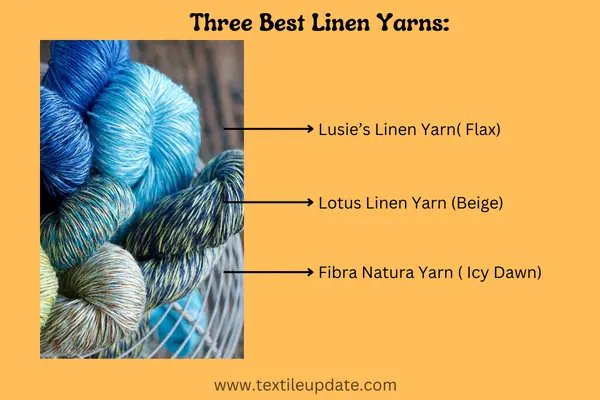
| Rank | Product | Key Features |
| 1 | Lusie’s Linen Yarn( Flax) | Super fine, 3,450yd cone |
| 2 | Lotus Linen Yarn (Beige) | Lace weight, 317yd |
| 3 | Fibra Natura Yarn ( Icy Dawn) | Worsted weight, 137yd |
References:
10 Questions You Should Ask Before Knitting with Linen Yarn — Blog.NobleKnits
What is Flax Fiber | Properties and Uses of Flax Fiber – Fashion2Apparel
You may also like to read:
